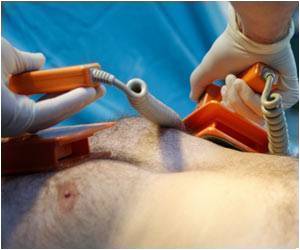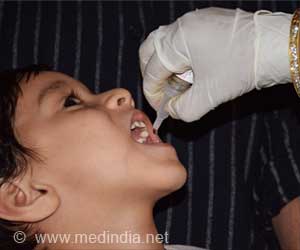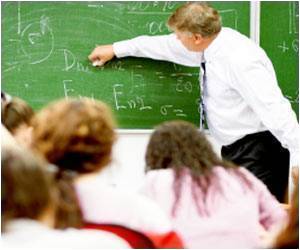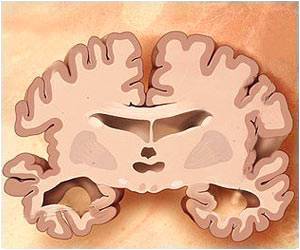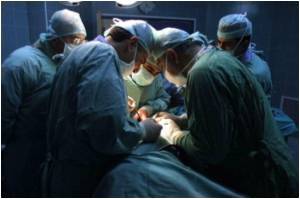
It is difficult for residents to get enough surgical training for such a delicate procedure, he says, because cardiac cases are more complex, there are work hour restrictions for medical professionals, and the medical environment is more litigious. In addition, the high-stress environment of the operating room may not be conducive to the acquisition of a new skill. "We wanted to develop a training strategy so that new surgeons had more opportunities to practice on their own in order to become more proficient in the operating room," he explains.
To date the use of simulation in cardiac surgical training has been limited.
To test the benefits of at-home practice with the device, they recruited 39 first- and second-year surgical trainees. All received traditional tutorials and hands-on sessions. In addition, half of the trainees were also given the kit and asked to practice 10 more times and keep a log of practice hours.
Two weeks later, all trainees returned to the lab to perform a micro-anastomosis under operating room conditions. They were assessed by expert observers who were not aware which of the doctors had done the extra take-home practice. Each received a score based on their surgical skill, technical ability, knowledge of the instruments, quality of the procedure, and the time it took to complete the surgery.
Those who had done the simulator training at home scored higher on all counts.
Advertisement
"Canadians are in good hands with our highly skilled cardiac surgeons," says Heart and Stroke Foundation spokesperson Dr. Beth Abramson. "This simple training method is an exciting advance because it strengthens the safety net for the large number of people who have vascular surgery each year." Indeed, the leading cause of hospitalization in Canada continues to be heart disease and stroke, accounting for almost 17 per cent of total hospitalizations.
Advertisement
Source-Eurekalert


